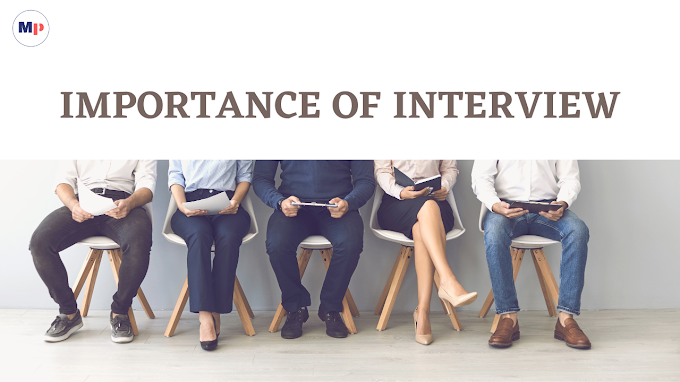Sir Alexander Fleming was a great Scottish physicist, biologist and pharmacologist, who is known for his discovery of penicillin. It was the world's first antibiotic, which was used to treat bacterial infections and diseases. He also identified the enzyme 'lysozyme' in 1921. Fleming was the recipient of the Nobel Prize in Medicine in 1945.
EARLY LIFE
Alexander Fleming was born on August 6, 1881 in Scotland to Hugh Fleming and Grace Stirling Morton. He had seven siblings. He was born into a family of farmers. When he was only seven years old, he lost his father to ill health. To support his family, he started to work with his mother on the farm.
ALEXANDER FLEMING FAMILY
Fleming married Sarah Marion, a nurse, on December 24, 1915. The couple had one son, who also studied medicine.
ALEXANDER FLEMING EDUCATION
Fleming studied at Loudoun Moor School and Darvel School, and moved to London at the age of thirteen to attend the Royal Polytechnic Institution, after receiving scholarships for Kilmarnock Academy. He received an excellent education with the help of his mother. He took a few classes at Regent Street Polytechnic. After finishing his primary education, he followed his elder brother to the St Mary's Hospital Medical School on a scholarship. In 1908, he received a gold medal for being the top medical student there.
ALEXANDER FLEMING PERSONAL LIFE
Fleming was offered a job in the research department at St Mary's as an assistant bacteriologist. He wanted to become a surgeon, but started to take an interest in the field of bacteriology. During this time, he met Sir Almroth Edward Wright, who taught Fleming more about vaccines. His mentor, Wright guided Fleming to find medication to build the immune system, from what was available at the time.
At the time of World War I, Fleming served as a captain in the Royal Army Medical Corps. He worked in the war hospitals and kept researching the effects of antiseptics on the injuries. From his work, he found out that the antiseptic was doing more harm than good, and was also decreasing the patients' immunity which didn't allow them to heal properly. He mentioned that more soldiers were dying from the antiseptic treatment than from the infections they had picked up from injuries in the war. He suggested the solution that to heal the wounds they needed to be kept dry and clean. But, his observations were ignored.
ALEXANDER FLEMING INVENTIONS/DISCOVERY
While doing some tests in the laboratory, he discovered an enzyme called a 'lysozyme', which is usually present in tears, skin, hair and nails. Fleming was the first person to find this enzyme, which turned out to be one of the most important discoveries in the history of mankind. In today's medical field, lysozymes are used for treating colds and throat infections, and also as preservatives in food.
His next significant discovery was penicillin. Fleming made this discovery entirely by accident. In 1928,Fleming was studying influenza when he stumbled upon the discovery. He was working on some germs which he was growing in his laboratory. After returning from a vacation, he noticed that a mold had started to grow on the plate. The germs were killed by the same mold. At first, he named it mold juice'; it was later renamed to 'penicillin'. It was a breakthrough in the field of science which could cure many diseases.
In 1929, Fleming's findings were published in the British Journal of Experimental Pathology.
Even though Fleming found the mold, he couldn't find a way for its mass production. Until 1940, scientists Howard Florey and Ernst Boris Chain at Oxford continued with Fleming's research. They successfully turned the mold into medicine. The medicine started getting used in hospitals during World War II. Many battlefield infections were treated that earlier would have spread.
ALEXANDER FLEMING AWARDS AND ACHIEVEMENTS
- Fleming's development of penicillin continues to save millions of people around the world.
- The most significant accolade in his scientific career was winning the Nobel Prize in Medicine with two other scientists in 1945.
- He became an honorary member of every medical and scientific society of the time.
- He became the president of the Society for General Microbiology.
- He was awarded the Hunterian Professorship by the Royal College of Surgeons of England.
- Fleming was knighted by King George VI and became Sir Alexander Fleming in 1944.
ALEXANDER FLEMING DEATH
Fleming died at the age of 73 due to a heart attack on March 11, 1955.





